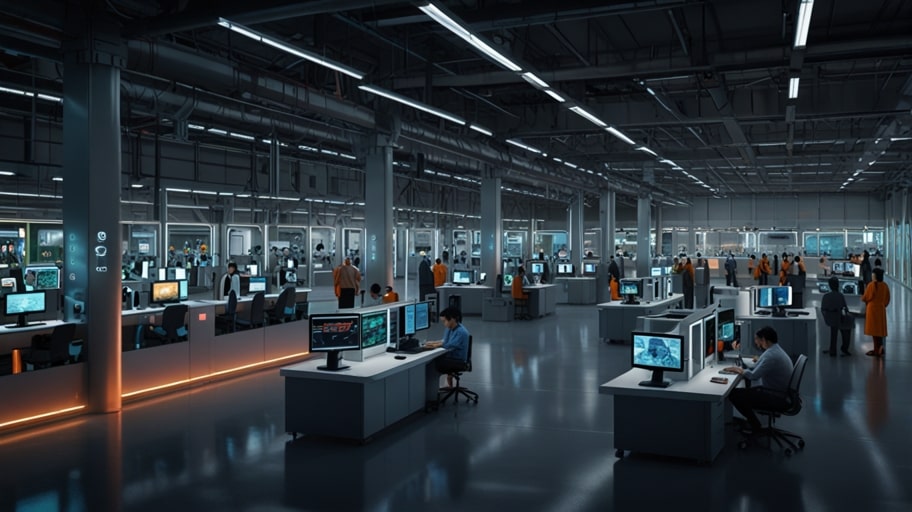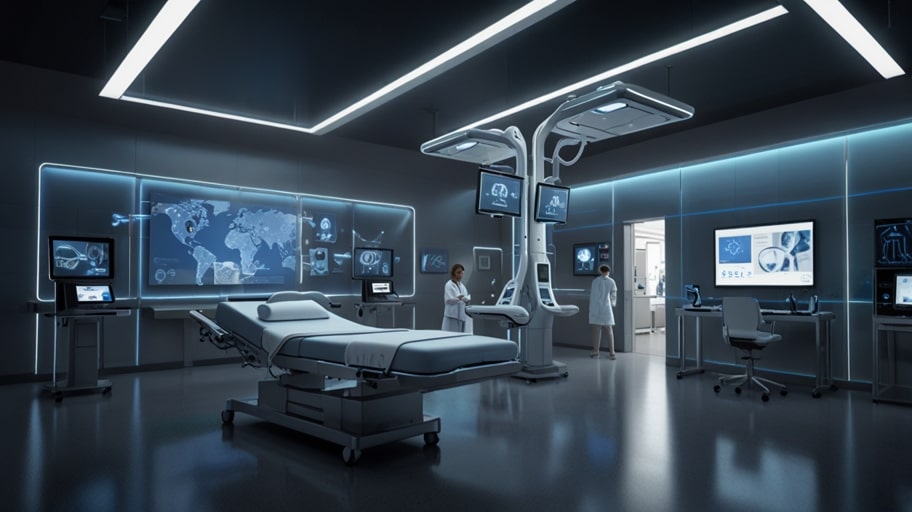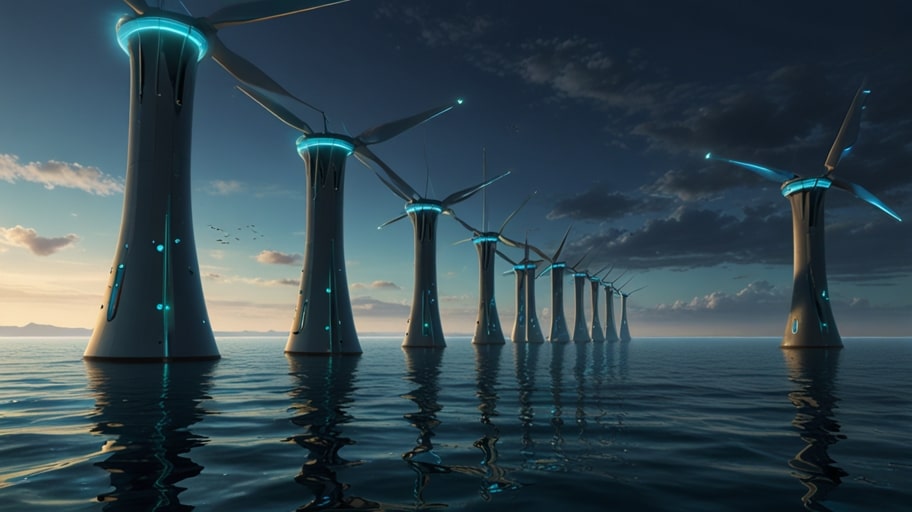Smart factories in 2029 employ advanced automation and AI. Data flows freely for instant decisions. They adapt production lines to meet demand quickly, reducing waste and improving efficiency.
Robots collaborate with humans, learning from data. Factories with such robots report 40% more output. They revolutionize automotive, consumer electronics etc. with high precision.
Energy efficiency drives green innovations in modern plants. They use renewable energy and recycle materials. This aligns factories with global green goals in 2029.
The IoT connects all machines. Sensors predict maintenance needs. This ensures uninterrupted operations and high quality in global supply chains.
AI analyzes market trends to customize products at scale. From medical devices to consumer goods, production meets individual preferences while being fast. This builds brand loyalty in competitive markets.
Smart factories help workers learn new skills. They use data analysis and machines to work together. This lets factories invent new things and adjust quickly. Young people with tech skills will get good jobs.
Smart factories make global trade easier. Machines keep track of stock and predict when to ship. This reduces delays and makes sure goods are on shelves faster. Being responsive gives businesses an edge. Smart factories are the future of industries in 2029.








Leave a Reply